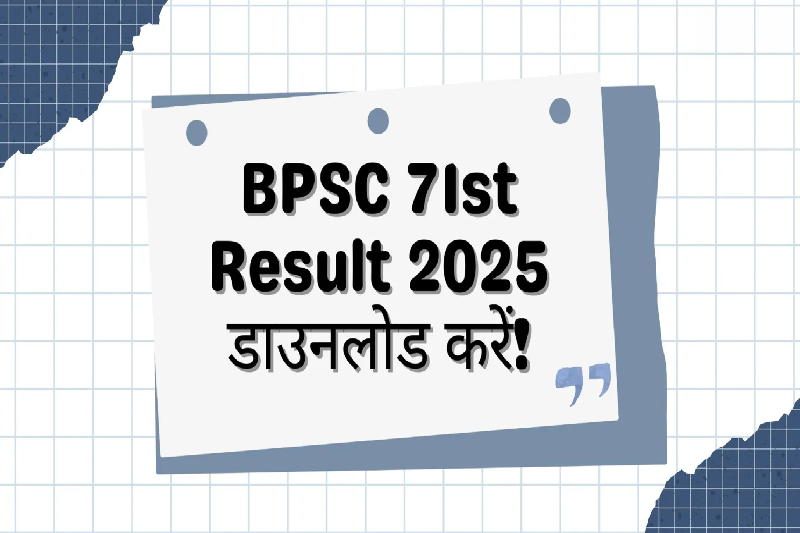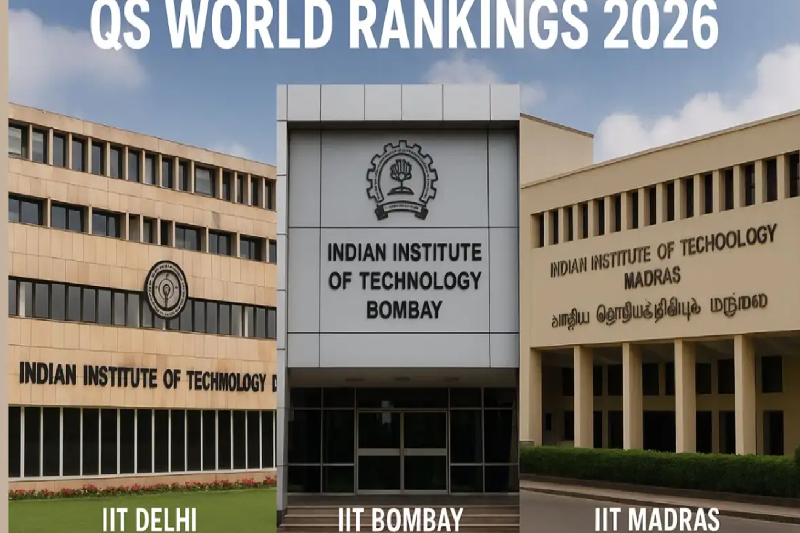
Towards a Unified Future: India Moves Ahead with Higher Education Commission of India (HECI)
The proposed creation of the Higher Education Commission of India (HECI) may soon transform the Indian higher education system. Minister of State for Education Sukanta Majumdar informed the Lok Sabha that the Ministry of Education is actively drafting legislation to formalize this long-discussed unified regulatory body. This reform aligns with the National Education Policy (NEP) 2020, which outlines a vision of “light but tight” regulation to improve higher education governance, accountability, and innovation.
HECI: Vision Rooted in NEP 2020
The HECI initiative finds its roots in the NEP 2020, which has consistently advocated for regulatory simplification. The current regulatory structure, fragmented among various authorities, has long been criticised for being overly complex and inefficient. NEP 2020 identifies the need for a unified, transparent, and performance-driven regulatory framework that empowers institutions while ensuring quality standards.
The HECI will operate as an umbrella body with distinct verticals responsible for regulation, accreditation, funding, and academic standards. This separation of functions is designed to reduce overlap, eliminate ambiguity, and bring greater coherence to India’s higher education governance.
What Will HECI Replace?
The commission, once operational, is expected to subsume and replace three major existing regulatory bodies:
- University Grants Commission (UGC) oversees non-technical higher education institutions nationwide.
- The All India Council for Technical Education (AICTE) regulates technical education institutions, including engineering and management colleges.
- National Council for Teacher Education (NCTE): Governs teacher education and training programs.
Each of these bodies has historically functioned with its own rules, resulting in regulatory fragmentation. HECI will integrate its roles, introducing a single-window approach to oversight and policymaking.
Background: From Draft to Reality
The idea of a unified higher education body isn’t new. In 2018, a draft bill proposing to repeal the UGC Act and establish HECI was released for public feedback. Though the proposal gained attention, it didn’t move beyond consultation at that stage.
However, since Union Education Minister Dharmendra Pradhan took charge in July 2021, the initiative has been revitalized. Under his leadership, the Ministry has implemented long-term structural reforms in line with NEP 2020’s objectives.
NEP 2020 and the “Light but Tight” Philosophy
One of the most defining aspects of NEP 2020 is the emphasis on the “light but tight” regulatory approach. This does not mean loosening oversight but rather enabling a governance system that is lean, efficient, and focused on outcomes rather than procedures.
This framework encourages institutional autonomy, allowing colleges and universities to innovate while still being held accountable to quality standards. With HECI, institutions will benefit from simplified compliance processes, more strategic funding mechanisms, and a standardized accreditation system.
Why This Matters: Addressing Contemporary Challenges
India’s higher education system is one of the largest in the world, serving over 40 million students. Despite its size, it has often been criticized for being overregulated, underfunded, and uneven in quality.
With a growing youth population and increasing demand for skilled graduates in a rapidly evolving job market, India’s higher education system must be future-ready. The introduction of HECI could be a game-changer by:
- Reducing bureaucratic delays through a single regulatory authority
- Enhancing academic standards and international compatibility
- Encouraging innovation and research by allowing more institutional freedom
- Improving funding transparency and utilization
HECI’s Structure: Streamlined and Specialized
According to the Ministry, HECI will comprise four independent verticals:
- National Higher Education Regulatory Council (NHERC) – For regulation
- National Accreditation Council (NAC) – For accreditation
- Higher Education Grants Council (HEGC) – For funding
- General Education Council (GEC) – For academic standards
This clear division of responsibilities is expected to bring focus and accountability to each function.
Next Steps: Drafting and Deliberation
The Ministry is drafting the bill that will create HECI. While the exact timeline for its introduction in Parliament remains uncertain, stakeholders in the education sector are closely monitoring its progress.
Once the draft bill is ready, public consultations, stakeholder discussions, and institutional feedback are likely to follow. During this process, the government is expected to address concerns around autonomy, representation, and practical implementation.
Conclusion: A Step Towards a Modernized Education System
As India aspires to position itself as a global knowledge hub, the HECI represents a bold and necessary step in that direction. The proposed body aims to create a more responsive, efficient, and innovation-friendly academic environment by unifying regulatory responsibilities and streamlining higher education governance.
If implemented effectively, the Higher Education Commission of India could not only redefine regulatory practices but also play a vital role in ensuring that India's higher education system meets the aspirations of its students and the demands of a 21st-century economy.



